Steps to choose a WordPress theme
- Choose a theme that fits your website content
- Pick a recently updated theme
- Opt for a lightweight theme
- Consider a theme that requires minimal plug-ins
- Select a theme that provides installation support
- Don’t shy away from paid themes
- Be strategic about choosing whether or not to use a page builder
- Consider design, but focus on functionality
There’s a lot riding on your WordPress theme. Site design, functionality, performance, maintenance, and many other critical aspects of owning and running a WordPress website all depend on choosing the right theme.
When considering which theme works best for your company’s needs, you’ll need to weigh several factors. In this article, we’ll walk through some best practices and tips to keep in mind when you’re thinking about how to choose a WordPress theme that will help you avoid additional costs — and work — down the road.
How to choose a WordPress theme: 8 tips
1. Choose a theme that fits your website content — not the other way around
Before you start looking for a WordPress theme, map out the content you want to appear on the website. Most sites include some version of these page types:
- Homepage
- About page
- Services or products page
- Contact page
- Blog
Clearly map out the content not only on these pages but also on any additional pages before you shop for a theme. That way, you’ll end up with a theme that suits your content needs instead of having to create content that fits the theme.
“A photographer will likely want a design that supports photo-intensive displays, whereas a financial services company might need something that looks good while being a little more text-heavy,” says Jessica Rhoades, owner and web designer at Create IT Web Designs.
2. Pick a recently updated theme
If the company or person that originally created the theme is still paying attention to it, you’ll likely run into fewer problems or bugs in the future. Having that extra support is critical for smooth day-to-day website operations.
“You don’t want to have to get rid of your theme a year into choosing it because it’s not frequently updated and is no longer supported,” notes Rhoades. “If you choose a theme that’s been updated in the last three months, you’re much safer.”
3. Opt for a lightweight theme that loads quickly
WordPress themes are made up of template files. These files contain the code that creates the interface and design of the website. Less code means a “lightweight” WordPress theme.
Choosing a lightweight theme is essential to your website’s success because it’s the No. 1 factor determining site speed. Speed impacts critical performance functions like search engine optimization (SEO) and customer engagement with your website.
“Try to avoid themes that use frameworks delivered through a content delivery network (CDN) or more than one server, and make sure you pick a theme that allows you to turn off the functions you don’t use,” explains Derek Whitaker, marketing manager for Estone Technology. “This ensures that when someone visits your site, they don’t have to wait for several elements they won’t even see to load.”
To check if a WordPress theme is lightweight, run the demo website through Google’s PageSpeed Insights analyzer.
4. Consider a theme that requires minimal plug-ins
Plug-ins add functionality to your website that doesn’t automatically come with your theme. For example, if forms are essential for your site (whether for purchase checkout purposes or anything else) and your theme doesn’t include embeddable WordPress forms, you’ll need to add a plug-in.
You’ll always need a few plug-ins, but the trick is to use them for functionality only — not design.
“The fewer plug-ins you can get away with, the faster your site will be,” says Whitaker.
5. Select a theme that provides installation support
If you’re not technically inclined and you have room in the budget for some added support, choose a theme that offers the option for someone to install it for you.
“Some themes come with an option to pay a small amount of money, less than $100, for a developer to install the theme and the demo content for you,” says Goran Duskic, owner of Duskic. “If you find a theme that doesn’t offer this service, experts on sites like Upwork or Fiverr may be able to offer help within your budget.”
6. Don’t shy away from paid themes
You might wonder why you should even consider buying a theme when so many free options are available — many of which WordPress itself offers.
While this option might work for you, free themes are often developed quickly, provide less support, and can be harder to use.
“I usually only use free themes if they fit the niche I’m working with specifically,” says Stacy Caprio, owner of Her.CEO.
“When you’re in the WordPress admin area, there are a ton of different options along the sidebar to allow you to customize your theme,” she says. “Some themes are more intuitive and allow for drag-and-drop editing or integrate with page builders, while some themes are less intuitive and harder to customize unless you know code. Typically, the former are the paid themes.”
7. Be strategic about choosing whether or not to use a page builder
A page builder allows you to easily adapt your theme without knowing code, most often using drag-and-drop technology. WordPress’s page builder also has this functionality but may not offer as many add-ons as popular page builders like Elementor, Brizy, Divi, and others.
While a page builder does make website editing easier, it can drastically slow down your site, so be strategic about using one.
“Pages from page builders like Elementor are heavier than just a WordPress page,” notes Whitaker.
“For your Elementor page to load, it has to load all of its potential resources, whether or not you’re using them,” he says. “Because they load resources you don’t use, it makes everything slow. I’d recommend WordPress blocks over a page builder.”
If you do use a page builder, choose one that allows you to turn off the modules or resources you don’t need so they don’t have to load every time your site loads. This way, you can use a page builder but also keep your site as fast as possible.
8. Consider design, but focus on functionality
Part of knowing how to choose a WordPress theme is understanding what to prioritize. When shopping around for a theme, you’ll likely first notice differences in design, but even more important is a theme’s functionality. The functionality that matters most to you will depend on the type of business you own.
Critical functions — like site speed, security, support, updates, embeddable forms, and more — all depend on your theme choice, so consider them carefully before making your final decision.
“I like making sure that the theme can do a static front page,” says Rhoades. “You don’t want to have your front page just be your blog posts if you’re a business, but there are other types of functionality to consider, depending on your priorities.”
You can also add important functionality to your WordPress theme with additional plug-ins. For example, you can embed Jotform forms onto a WordPress site using our WordPress plug-in, which allows you to sell products or collect contact information from potential clients and customers.
Pick a theme that works for your specific needs
Here’s the bottom line: To prioritize site speed, you want as much functionality and customization capability as possible built directly into the theme you choose. Prioritize your themes based on the way they work, not the way they look.
Photo by Christin Hume on Unsplash


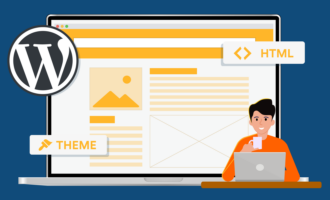
















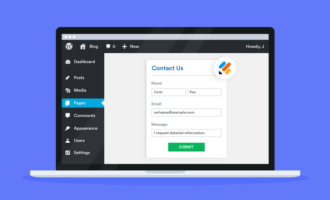





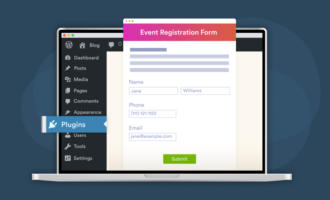
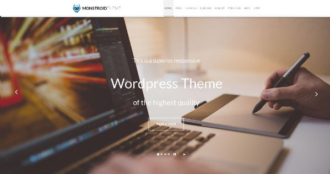




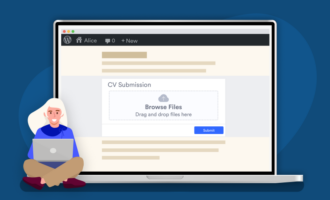
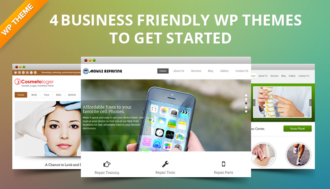

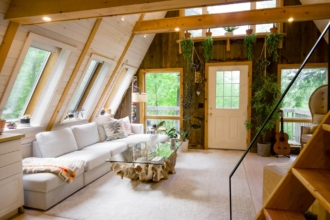










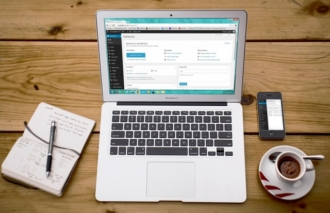

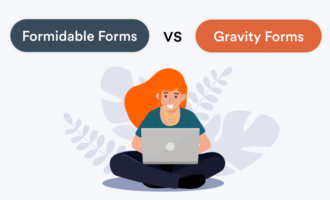





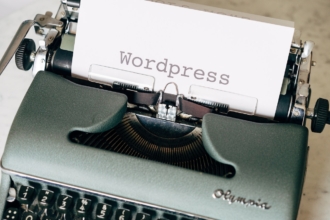

















Send Comment: